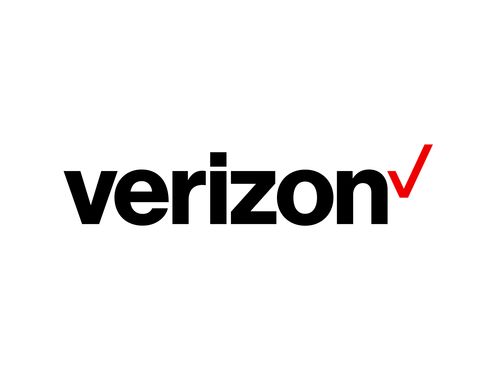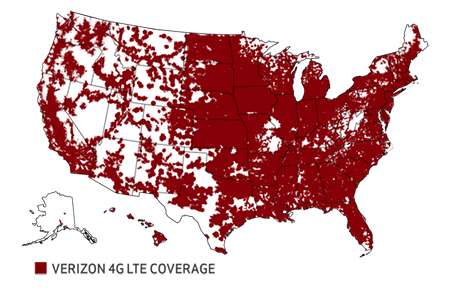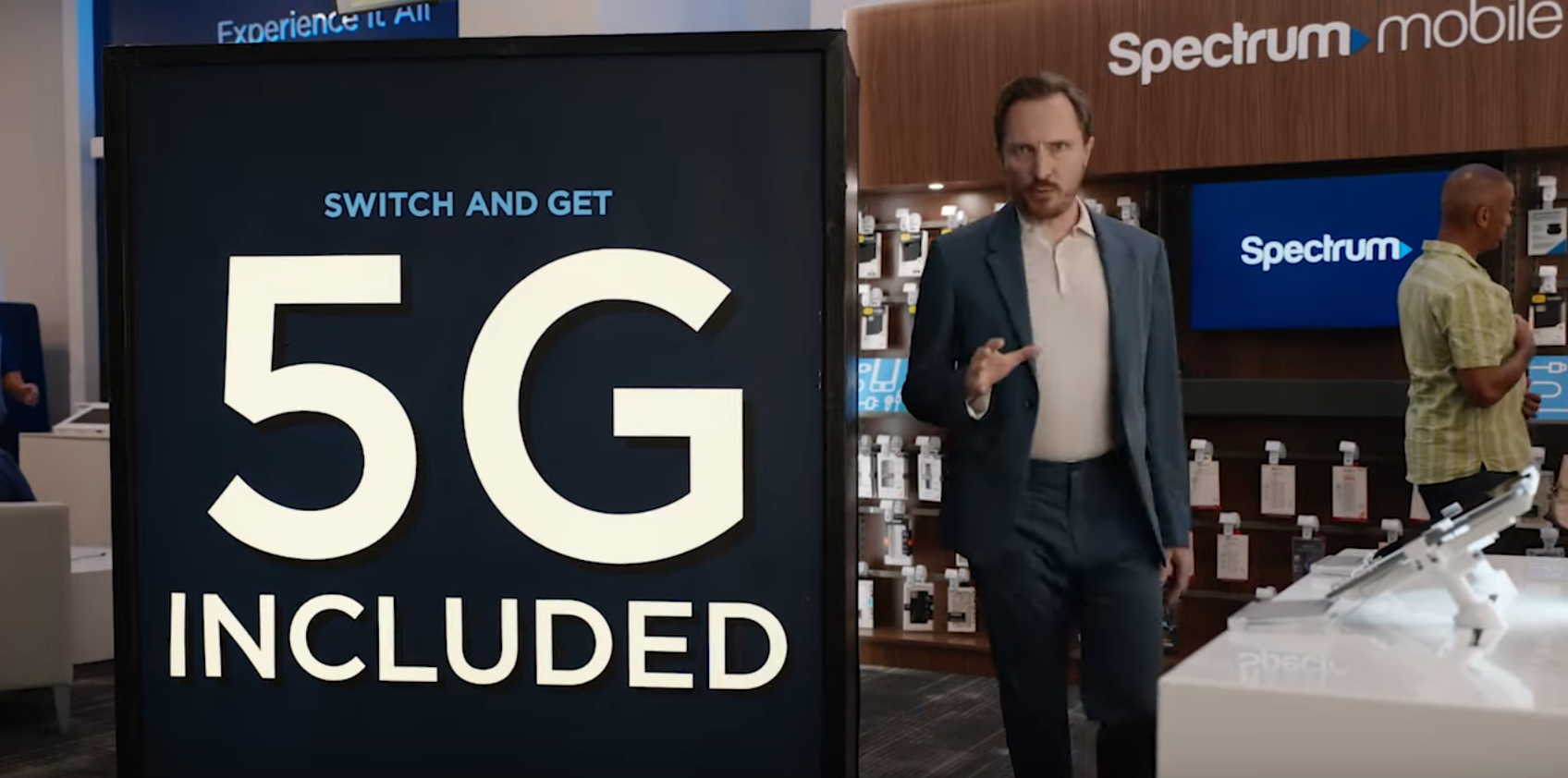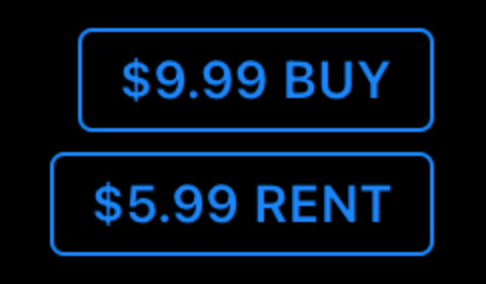
Verizon: ‘You Dunk It, We Upgrade It’
Except when there’s battery damage.
A split second just isn’t enough time for consumers to pick up on important information in advertising.

A split second just isn’t enough time for consumers to pick up on important information in advertising.
That’s the message the National Advertising Division (The National Advertising Division (NAD) is the advertising industry’s self-regulatory body administered by the Council of Better Business Bureaus.) recently delivered to Verizon Wireless, regarding a TV commercial where the carrier compares its 4G LTE network to AT&T, Sprint, and T-Mobile’s. The industry’s self-regulatory body said the commercial fails to clarify that the featured coverage maps only show a carrier’s respective 4G LTE network, and is not representative of a carrier’s entire network, which may include other coverage plans like 3G. NAD said in its decision after T-Mobile brought the complaint:
In the challenged commercial, the advertiser makes the claim, “More network strength,” immediately before the challenged coverage maps appeared, each for a split second. Although the legend below each map stated “4G LTE,” NAD determined that the overall message conveyed by this portion of the commercial was not adequately limited to a comparison to 4G LTE coverage.
NAD recommended that Verizon stop running the 30-second commercial and said future TV spots that use maps to compare 4G LTE coverage should “clearly and conspicuously disclose” that the maps only depict that specific type of coverage. The group also suggested that Verizon discontinue the claim in the commercial that it has two times the bandwidth in cities “coast to coast” until the network covers at least 200 million people.
Verizon said in a statement to TINA.org that the commercial in question is no longer on the air and that the company has since crossed the 200 million people threshold to make the “coast to coast” claim. Verizon said:
We were pleased with the result, which said that our comparative 4G LTE maps are appropriate, as long as from the context of the ad it is clear that we’re comparing only 4G LTE coverage areas. … While we didn’t cover 200 million POPs (Point-of-Presences) at the time the challenge was filed (leading the NAD to conclude the claim should be withdrawn), we surpassed 200 million POPs over the summer.
Consumers should still keep a watchful eye on the legend appearing under any wireless network coverage map to make sure they know exactly what the map represents.
Click here for more of our coverage on smartphones.
Except when there’s battery damage.
Interested in 5G? Spectrum Mobile may not have you covered.
When you don’t own what you buy.

